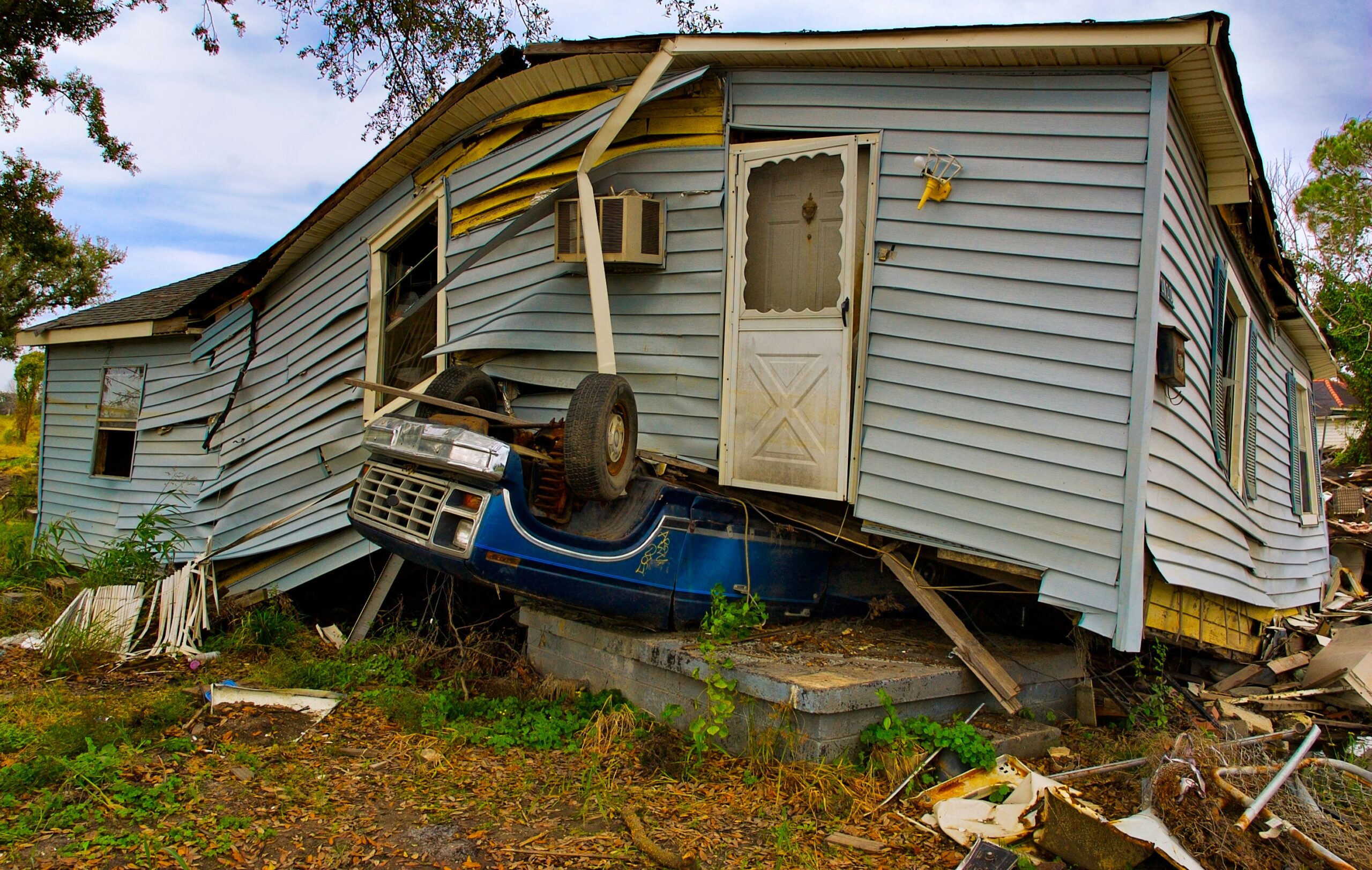In some parts of the world, a Category 5 hurricane signifies the most extreme wind speeds starting at 252 km/h. New research published in PNAS looks into why creating a new Category 6 could help capture just how much more intense the biggest tropical cyclones are expected to become under climate change.
Warm tropical waters are a key ingredient for a tropical cyclone to form, and even warmer waters mean there’s more energy available to feed into them. The authors explore how a new Category 6 for the Saffir-Simpson scale that starts at 309 km/h could help illustrate this change. Five storms in the past nine years would have qualified as a Category 6, they found.
The SMC asked third-party experts to comment on the research.
Dr Daniel Kingston, Senior Lecturer, University of Otago, comments:
“The Saffir-Simpson hurricane wind scale is officially used to classify hurricanes (i.e. tropical cyclones) that develop in the Atlantic and northeast Pacific oceans. It is similar (but has slightly different windspeed thresholds) to the systems used to classify tropical cyclones in the south Pacific.
“This study picks up on a key feature of these classification systems, that the most extreme category (5) is open-ended – in this scale, anything above 252 km/h. This is problematic in the context of communicating expected increases in peak tropical cyclone wind speeds under climate change. Accordingly, this study explores how tropical cyclone classification would change if a Category 6 threshold was introduced at 309 km/h. Five storms have already breached this hypothetical Category 6 threshold, and all have occurred since 2013 – with the threshold expected to be breached increasingly under ongoing climate change.
“Although tropical cyclones do not impact New Zealand directly, we saw with Cyclone Gabrielle how the remnants of these systems can be devastating when they cross our path. The prospect that these systems could be even more intense when they arrive on our shores is highly concerning.”
No conflict of interest.
Raveen Das, Manager of New Zealand’s Tropical Cyclone Warning Centre, MetService, comments:
“MetService welcomes this research into the open-ended Saffir-Simpson hurricane wind scale.
“In our region we use the Australian tropical cyclone intensity scale (used by the Fiji Met Service), it differs only slightly from the Saffir-Simpson wind scale and is also open ended therefore this study has implications for our region and how we deal with the most severe storms.
“MetService introduced a New Zealand based colour coded warning system in May 2019 with a new category ‘red’ at the higher end of the scale to address the increase in extreme weather events due to our changing climate. This has been very successful in warning people about the most extreme weather events. Our Tropical Weather Experts are interested in this paper’s finding as they have also noticed an increase in high intensity tropical cyclones in our region.
“It is worth noting that this intensity classification is relationship to maximum wind speed. However, most common, and widespread impacts from any tropical cyclone is water damage, from rain and storm surge.
“MetService are closely following this research and any development that could help Meteorological Services to warning people of the intensity of these storms.”
No conflicts of interest declared.
